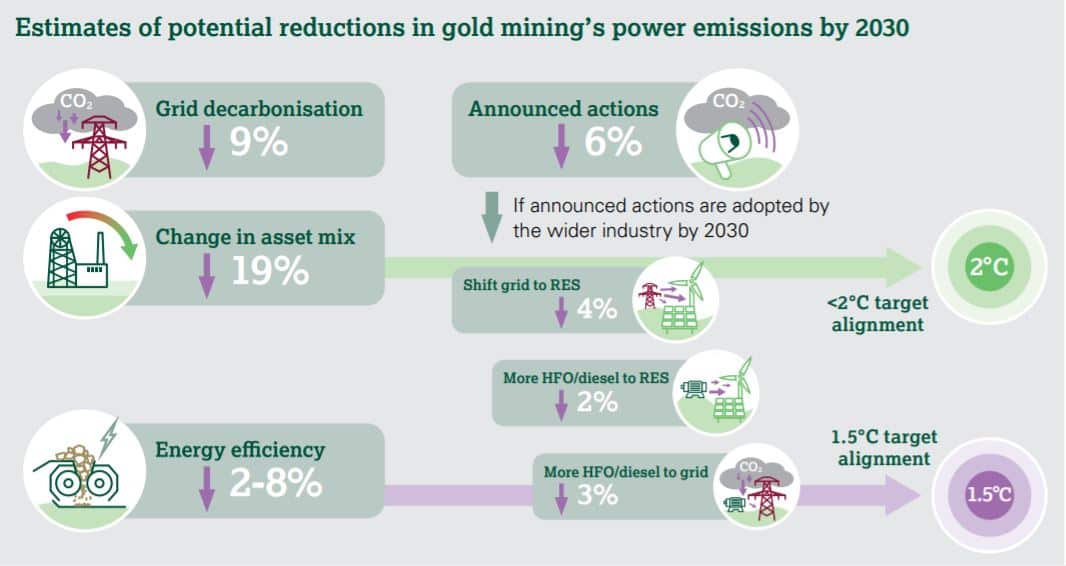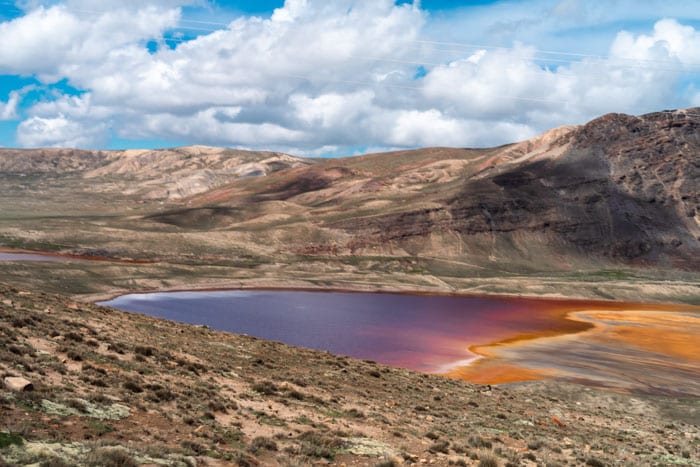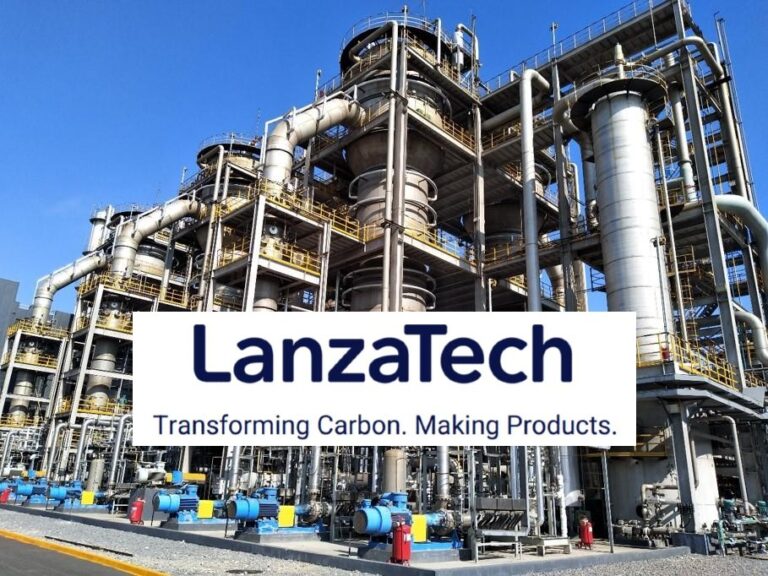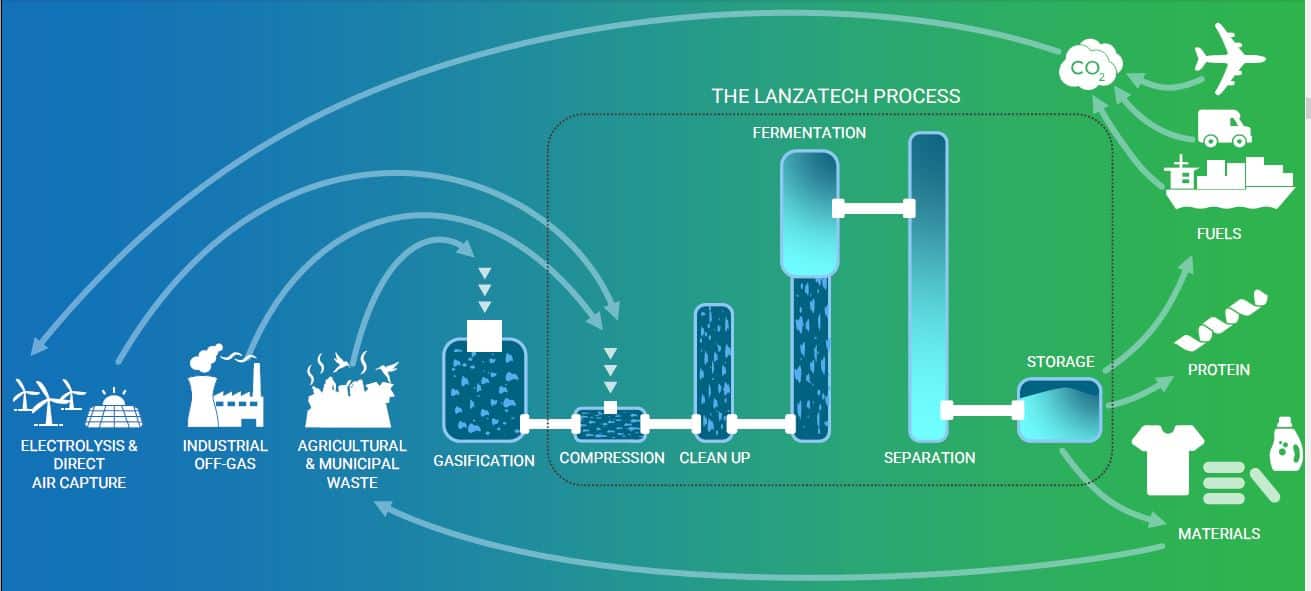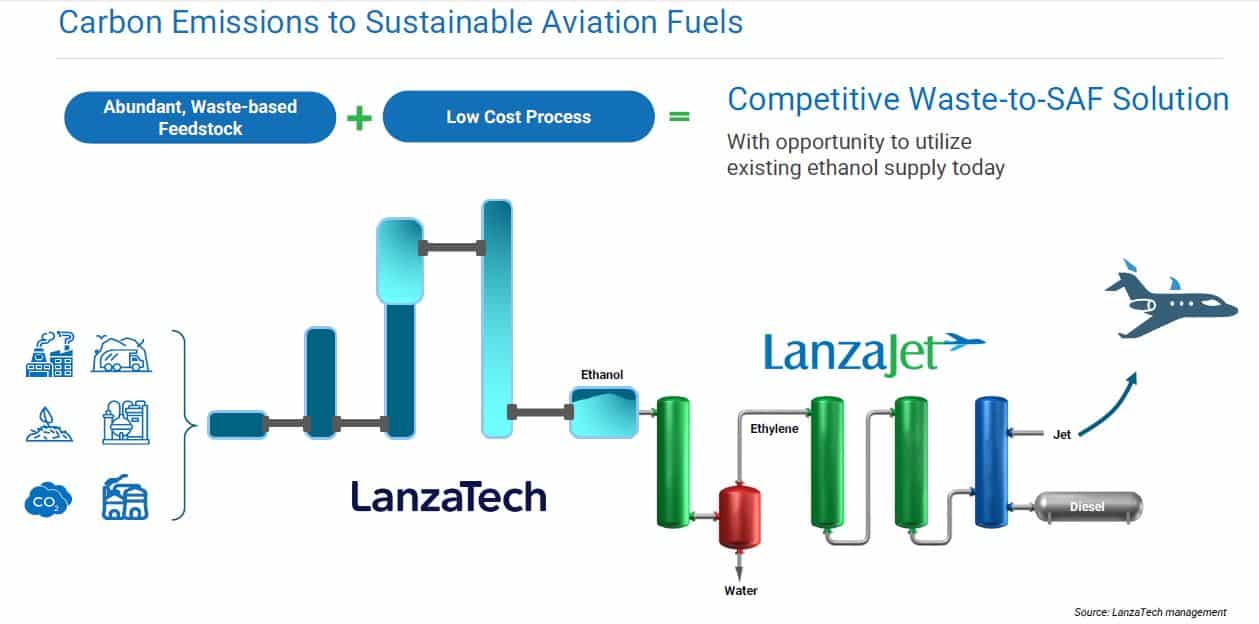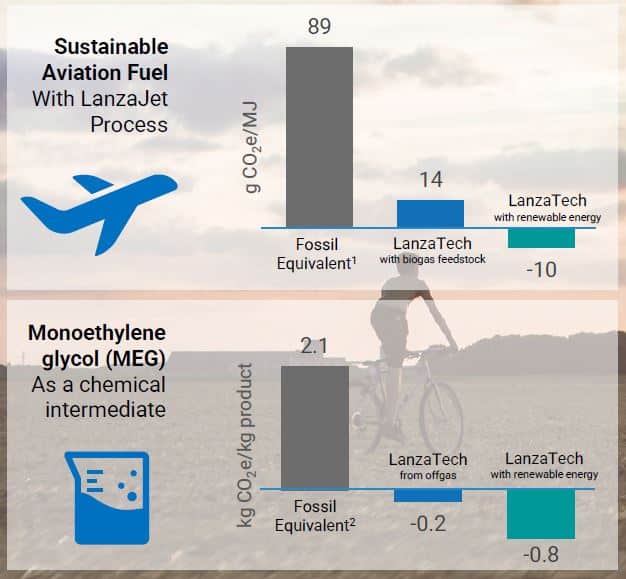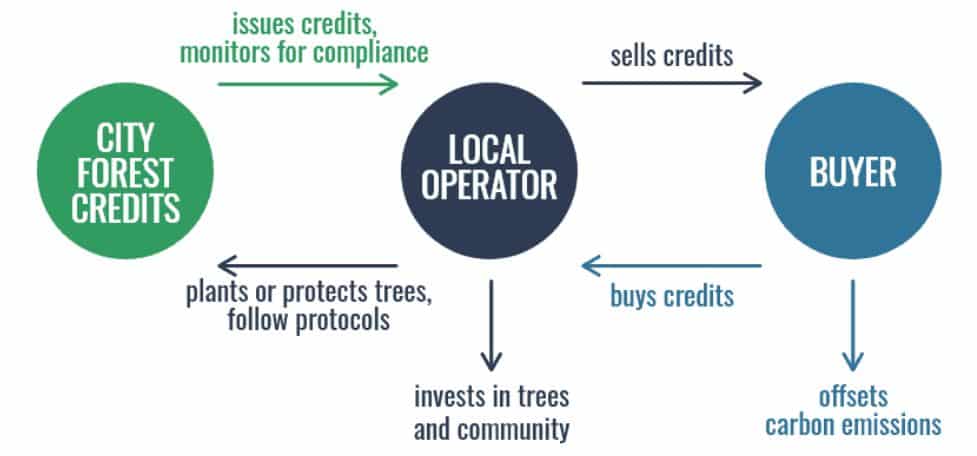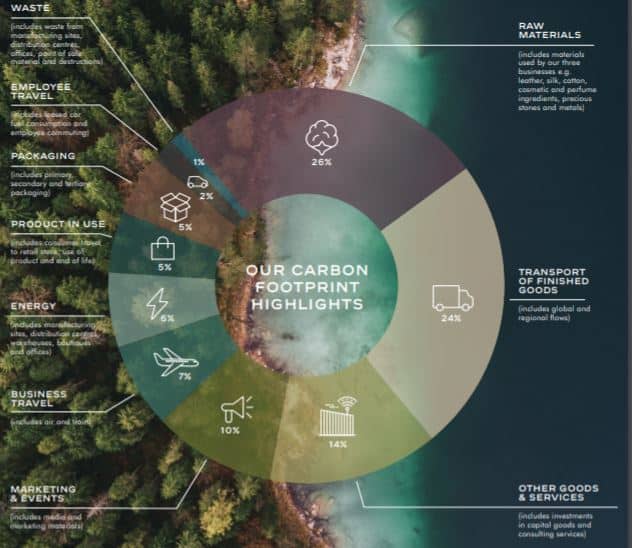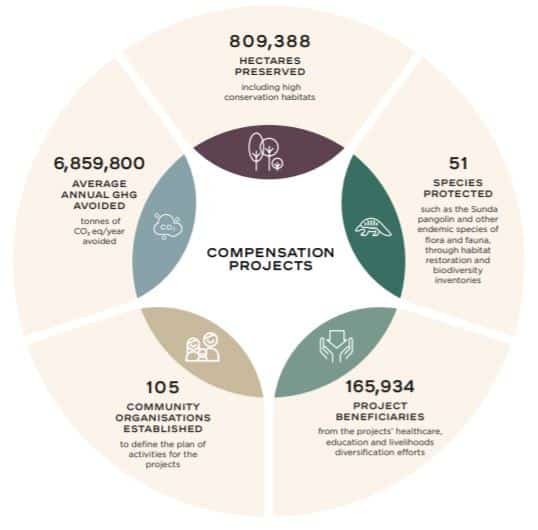There is a long list of sources of carbon emissions, and agriculture is one that may be hard for many people to believe.
After all, what does agricultural farming has to do with global warming? A lot.
This article will explain what are carbon credits in agriculture. It will also identify the ways how farmers or ranchers can generate agricultural or soil-based carbon credits.
Carbon Farming Guide: What are Agricultural Carbon Credits?
Plants or crops form part of the entire carbon cycle. Growing almost any sort of plant is the same as practicing small-scale carbon sequestration. That’s because plants use carbon dioxide (CO2) from the air during their photosynthesis.
When the plants die, their carbon-based structure begins to decay. Some of that CO2 is released into the air, and some of it is trapped underground.
Grasses and other crops draw down CO2 from the air quickly but they also tend to release it fast when they decompose. Yet, with proper soil carbon capture and farming practices like regenerative agriculture, they can sequester CO2 very well.
Here’s how soil captures carbon through a biological carbon sequestration cycle.

In carbon farming, carbon can be thought of as a crop similar to the other crops farmers produce on their farms or ranches. Agricultural practices give farmers the great potential to turn their farms’ carbon sequestration into cash with carbon credits.
-
Carbon credits are a medium of exchange used to “offset” CO2 emissions under the Cap and Trade guidelines set by the Paris Agreement.
The idea is that companies responsible for emitting CO2 have to reduce their emissions (cap) or pay for the efforts of farmers or others who can prove they are doing the work of removing CO2 from the air (trade).
In particular, carbon credits are created based on the amount of carbon you draw down into the soil. And so the GHG emissions you reduce above the soil. It can be an improvement in nitrogen timing, for instance.
Essentially, carbon credits operate like crops in some ways. If you produce corn to sell, the buyer will want to know the quantity and quality. Only by satisfying the information needed by the buyers you can sell them your agricultural produce.
They have to weigh your corn and test it for quality so they can be confident in your product.
Similarly, carbon credits measure and track the quantity of carbon sequestered in the soil and the corresponding GHG emissions reduced.
Ways to Produce Soil-Based Carbon Credits
There are various opportunities to generate carbon credits in agriculture. But before that, let’s explain what soil carbon capture is all about.
Soil Carbon Capture
Soil carbon capture or sequestration happens when plants capture and store, or “sequester,” atmospheric CO2 in the soil. This increases the quantity of soil carbon stocks.
Decaying plant matter, along with the carbon it contains, becomes part of the soil for a period of time before it is broken down by microbes. It’s during decomposition when CO2 sequestered goes back into the atmosphere.
The length of time carbon stays in the soil before returning to the atmosphere varies. It depends on the climate, soil composition, and other factors.
For instance, disrupting the soil structure like converting forests and grasslands to farmland, can speed up the process of releasing much of the captured carbon. When this occurs, global warming heats up more.
On the other hand, agricultural practices like no-till farming and planting cover crops can slow the rate of soil carbon loss. They can even potentially increase soil carbon levels.
Studies say that the past 200 years of agriculture released over 100 billion metric tons of CO2 (GtCO2) from the soil into the atmosphere. That’s more than 3x as much carbon as all human activities emitted in 2019 (43.1 GtCO2).
There has been a lot of buzz in the ag sector about voluntary carbon markets. In this market, farmers or ranchers can sell a carbon credit to investors for every metric ton of carbon that their land sequesters.
The carbon market creates new revenue streams for farmers that were not there before. This incentivizes them to transition to sustainable farming practices and adopt regenerative agriculture.
-
On the buyer side, companies, governments, and other entities buy carbon credits for around $15–$20/ton of carbon to offset their own emissions.
This can be done voluntarily (as offsets) to meet their emissions reduction goals. Or farmers can sell credits to entities in the regulatory market (cap-and-trade system) with reductions mandated by laws.
While soil carbon capture can work in different ways, some practices are proven to deliver amazing results. Let’s talk about regenerative farming first and how it can give farmers or ranchers carbon credits.
What is Regenerative Farming?
Many conventional industrial farming practices cause global warming and severely damage natural ecosystems.
Over-farming, too many chemical inputs, and mono-crops are contaminating and depleting water sources. They also cause soil erosion and destroy habitats. In fact, these farming practices are one of the biggest threats to biodiversity.
Worst case scenario is how they cause desertification that makes the Earth barren.

In Europe alone, researchers found that an area twice the size of Portugal was at high risk of desertification. And the two key contributors to this are tillage and overgrazing.
The good news is that a new, yet very old method of farming, has been taking the sector by storm – regenerative farming.
Regenerative farming practices hand degraded land back to nature. They let ecosystems store planet-warming CO2 by using soil as a carbon sink, literally. This farming approach also helps boost wildlife and promote biodiversity.
Many regenerative farming methods follow the traditional ways of farming that were used for thousands of years. These include:
- Reducing soil disturbance due to tillage (no-till farming)
- Ending the use of synthetic pesticides and fertilizers through mob grazing and manure/compost
- Maximizing soil coverage through living roots and mulching (covering the soil with mulch)
- Promoting crop rotation by moving away from monocultures and growing cover crops, which improves biodiversity
- Combining livestock rearing with crops and other plants
By creating grasslands, restoring peatlands, and growing cover crops, carbon can be captured and stored for a long time. Plus, regenerative farming encourages farmers to move away from government subsidies.
And the best part? Farmers can help prevent soil desertification while earning more with carbon credits.
Regenerative Farming and Carbon Credits
As farmers and ranchers embrace regenerative farming, their land goes from being a net-emitter of GHG to sequestering carbon. In other words, becoming a carbon sink.
The reduction or sequestration of CO2 by regenerative farming methods can lead to the creation of carbon credits. These credits are created and brought to market by project developers. They then sold the credits to big companies seeking to offset their own emissions while supporting farmers.
In return, farmers receive additional revenue for every ton of CO2 reduced or sequestered by their farmlands. There’s a catch, however. Farmers may claim to achieve certain carbon reductions or sequestration falsely.
This is why a third-party body has to measure and verify the claim by the farmers to ensure there’s indeed a reduction/sequestration that’s happening.
Soil tests, for instance, are one part of carbon credit programs. Validation of conservation practices is also done by way of federal crop records and field data.
On the buyers’ side, investors and companies like Cargill, JPMorgan Chase, Shopify, and Microsoft have committed to promoting farming methods that regenerate the soil by buying carbon credits from farmers.
Through various regenerative farming techniques, corporations can invest to improve soil health and help grow farmers’ income. They can support growers today and drive the regenerative agricultural revolution.
And on top of that is reducing GHG emissions significantly. The case of nitrogen emissions is another unique opportunity for farmers to earn carbon credits.
The Unpopular Concept of Nitrogen Carbon Credits
Various factors that affect nitrogen or nitrous oxide (N2O) emissions allow for many ways that farmers might tweak their practices to reduce emissions.
One way to do that is to place nitrogen with the right depth in the soil by opting for the no-till method. The goal is to reduce the amount of N2O that’s lost from the soil and go into the crop for better growth and more yield.
No-till is a farming practice that falls under regenerative agriculture. Remember that tilling also causes desertification. And so, no-till is a sought-after farming technique that can help reduce N2O emissions.
A researcher found that no-till reduces N2O emissions by 57% over chisel tilling, which mixes crop residue into the surface soil.

No-till and cover crops, which will be explained next, both help limit N2O emissions.
With the lifespan and effects of nitrogen on the atmosphere, the global warming potential of one ton of N2O is 296x that of one ton of CO2 emitted.
- A carbon offset is standardized as a reduction in one ton (or 1000 kilograms) of CO2 emitted. That amount is equal to 3.38 kilograms of N2O emitted.
In theory, a grower can adopt no-till and other regenerative farming methods that reduce N2O emissions and determine how much of that emission is prevented. Then the farmer can get and sell the resultant carbon credits in a carbon market.
Carbon emissions trading schemes in the market enable companies to buy carbon offsets. They then account for and report those offsets as part of their regulated or voluntary emission reduction targets.
The same thing can happen if growers use cover crops.
Why Farmers Should Grow Cover Crops
Cover crops are different from the primary cash crop. They are planted without the intention of harvesting. That sounds not right but farmers can get plenty of benefits from doing that.
They protect the soil from erosion and improve nutrient conditions. They are grown to help keep the soil intact which would otherwise be bare against winds, rains and water, and even tillage.
Cover crops are becoming popular as the world fights climate change. In fact, they now account for about 22 million acres of land, up 43% from past years.
Popular examples of cover crops are barley, oats, legume, radishes, and rye. Some crops are converted into biofuel or fed to animals. But leaving them to break down in the soil is best for the environment because doing so can help the soil sequester carbon.
And so, cover crops boost the capacity of agricultural lands to draw down carbon emissions.
The potential of cover crops for carbon credits
It is estimated that 20 million acres of cover crops can sequester over 66 million tons of CO2 equivalent a year. This is equal to the emissions of about 13 million vehicles. And this rate increases when cover cropping is used along with no-tillage farming.
Cover crops enhance soil sequestration that also improves farm productivity and global atmospheric CO2 removal when done wide-scale.
This is why growing cover crops qualify farmers for a carbon offset program. It means the crops can make carbon credits and give farmers additional revenue.
More and more farmers are considering cover crops for the additional revenue potential from carbon credits.
Other benefits of cover crops include:
- Increase yield
- Improve soil health and water quality
- Retain soil moisture
- Increase organic matter in the soil
- Reduce the need for herbicides and pesticides
- Outcompete weeds
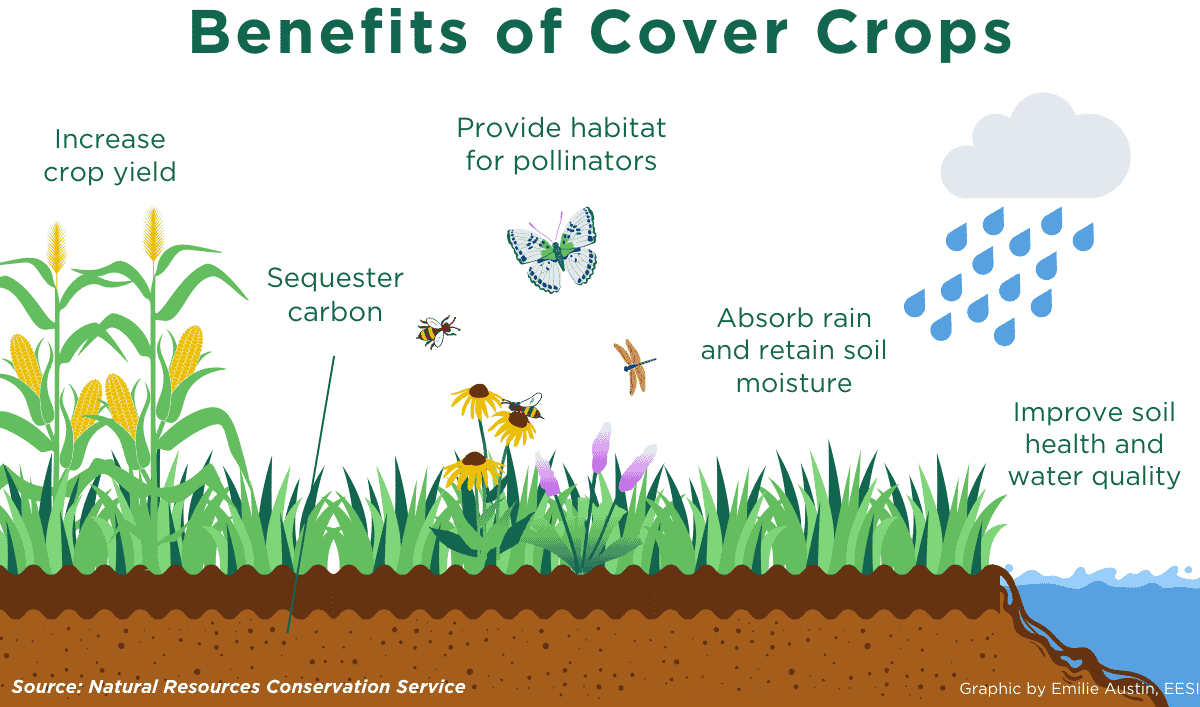
Lawmakers also recognize the role that cover crops play in reducing emissions by capturing and storing CO2 and N2O. In fact, the Biden Administration proposed $28 billion for land conservation programs. $5 billion of that is for farmers and landowners who plant cover crops.
Forecasts suggest that by 2030, around 40 to 50 million acres of land would be for cover crops. That corresponds to 132 – 165 million tons of CO2 sequestered.
- So if one carbon credit (equals one ton of GHG removal) has the maximum price at the current rate ($20), that’s about $2.6 billion to $3.3 billion market opportunity!
For instance, if one farmer has a total amount of sequestered GHG of 22,745 metric tons across his acres, he can make carbon credits worth $341,175 (if the price is $15 per ton).
The chart below shows the potential of cover crops in slashing emissions in million metric tons of CO2eq by decade until 2050. It also plots the no-till farming emissions reduction capacity.
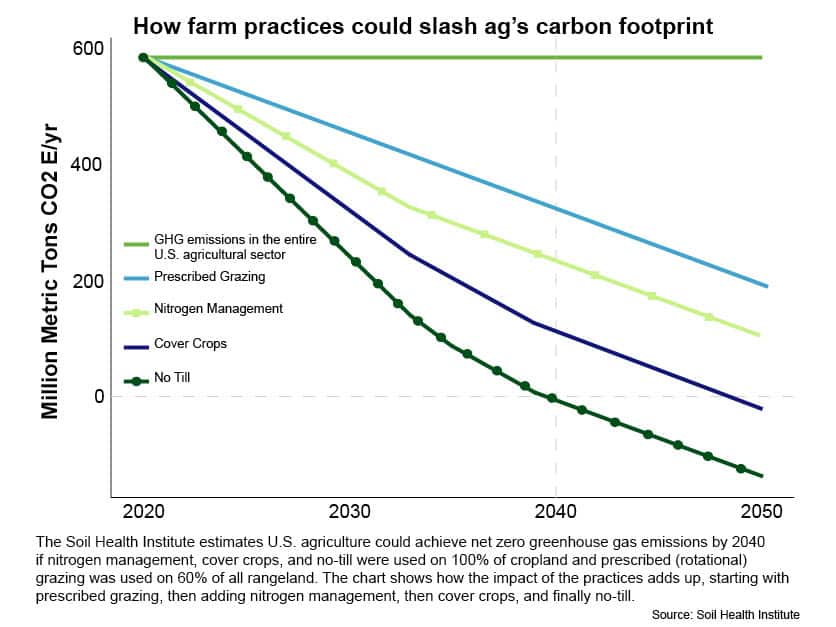
The Current State of Agricultural Carbon Credits Market
The agricultural carbon credits market consists of two largest players: speculators and pilot-project developers.
Speculators expect a remarkable growth in carbon markets in the next few years. They’re investors who try to contract as many acres as they can to trade as many carbon credits as possible.
On the other hand, pilot-project developers are the ones who connect with growers or agribusiness partners. They act as intermediaries between producers and buyers of carbon credits with agriculture projects.
Both of them share the common goal of using carbon credits to promote sustainable farming practices while reducing emissions.
Ag Carbon Market in Canada
In Canada, the Ministry of Environment and Climate Change developed the Federal Greenhouse Gas (GHG) Offset Credit System.
Canada’s carbon credit markets provide the largest opportunities in the world for farmers to participate. Over 20 million metric tons of carbon emissions reduction are from agricultural carbon credit projects in Alberta alone.
The Alberta Emission Offset System covers agriculture, along with forestry and carbon capture and storage/carbon capture and utilization.
Alberta is one of the three Prairie provinces in which most of Canada’s crop farming happens. And though Alberta’s crediting system covers multiple sectors, most credits come from projects in the renewable energy and agriculture sectors.
Alberta specifies 19 offset protocols that can generate carbon offset credits. Three of them cover the generation of agricultural carbon credits, focusing on cropping systems, N2O emissions reduction, and livestock.
Canadian companies have developed expertise in agricultural emissions reduction. Building on this expertise, they’re now leading the development of advanced systems for quantifying and tracking agricultural emissions reduction.
In Alberta, the Technology, Innovation and Emissions Reduction (TIER) credits went up to $50 a credit in 2022 (from $40 in 2021).
Ag Carbon Market in the US and Europe
In the U.S., the Growing Climate Solutions Act of 2021 gives authority to the U.S. Department of Agriculture (USDA) to help farmers, ranchers and private forest landowners take part in carbon credit markets.
It supports the development of a voluntary market for agriculture carbon credits from the prevention or reduction of GHG or carbon sequestration on agricultural lands.
In particular, the Act is to ensure that the USDA certification program remains relevant, credible, and responsive to the needs of farmers and other players in the carbon market.
The common voluntary programs in the country include:
- 2 carbon and ecosystem services credit entities (Ecosystem Services Market Consortium-ESMC and Soil and Water Outcomes Fund),
- 2 carbon credit entities (Indigo and Nori),
- 4 input suppliers (Agoro Carbon Alliance, Bayer, Corteva, and Nutrien), and
- 3 data platforms (CIBO Impact, Gradable, and TruCarbon).
A study suggested that the potential demand for agriculture carbon credits in the US is 190 million tons per year. It also estimated the size of the US market for carbon credits at $5.2 billion per year.
Meanwhile, the other ecosystem services related to nitrogen and phosphorus management is $8.7 billion.
Despite limitations in upfront investments, large companies have plans to support agricultural carbon credits. Most of them are particularly after the regenerative farming practices on millions of acres of North American lands.
Some familiar names include General Mills, Cargill, McDonalds, Target and Land O’Lakes.
European nations also encourage farmers to shift to regenerative farming to reduce the sector’s GHG emissions. In fact, soil and agriculture plays a crucial role in the EU’s “Fit for 55” package.
But the bloc is still drawing up guidelines for recognizing and calculating credits in the carbon farming market by the end of 2022.
Once the EU regulation for carbon farming and emissions trading is ready, the goal is to cut 42 million tons of CO2 by 2030. Yet, the development of a framework for the market may take some time.
Still, the voluntary carbon market has been working already in the region. Agreena, in particular, is a Dutch startup that mints, verifies, and sells carbon credits generated by farmers who engage in regenerative agriculture.
Addressing the 2 Key Challenges
There’s no doubt that agricultural soil carbon capture and sequestration can help address climate change. Many studies back this up and billions of investments have been made in this space.
Yet, two major challenges remain that market players need to deal with: measurement and verification.
Carbon credits in agriculture and in other other sectors are only as real or valuable as the science and evidence underlying them. Rigorous standards for quantifying, monitoring, and verifying carbon offsets must be in place for the creation of agricultural carbon credits.
And so, international carbon certifiers exist to ensure highest standards when it comes to carbon credit measurement and accounting. Verra, Gold Standard, and Climate Action Reserve are some popular examples.
Their role is to set standards and guidelines on how to measure and verify carbon accurately and affordably. They see to it that there’s rigor and transparency in creating carbon credits in agriculture. Doing so will shed light on how the sector can help tackle climate change and bring confidence in the market.
Only through this that carbon market mechanisms can drive major investments into regenerative agricultural practices around the world.
And with the help of technology, investors can be confident in betting on farmers and in their lands to draw carbon from the air and do so verifiably.
After all, standards for agricultural carbon credits don’t need to be from the government. The markets can and will make their own standards.
Should you want to learn more about who verifies carbon credits, here’s the perfect article for that. And if you want to know more about carbon credits in general, here’s our ultimate guide.






